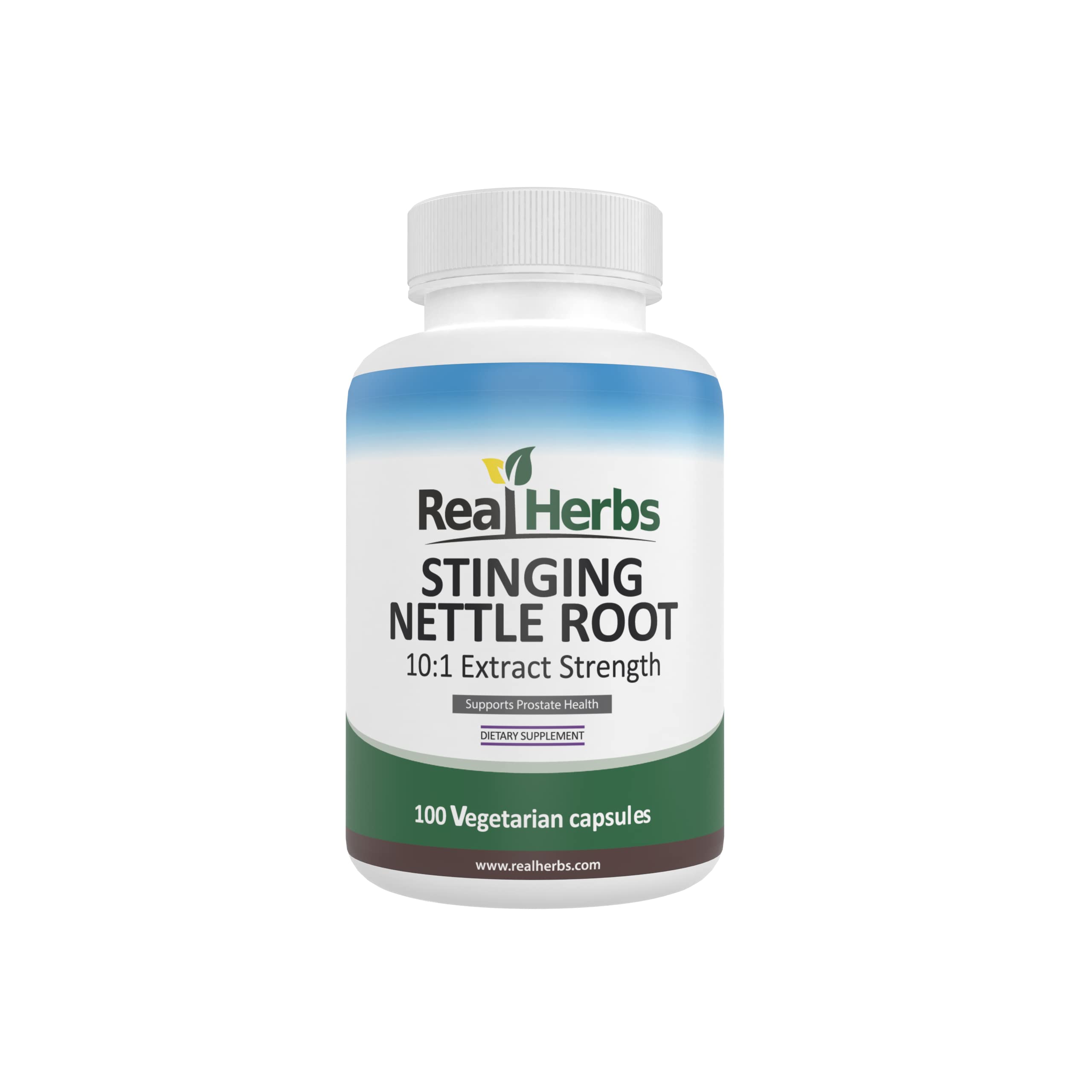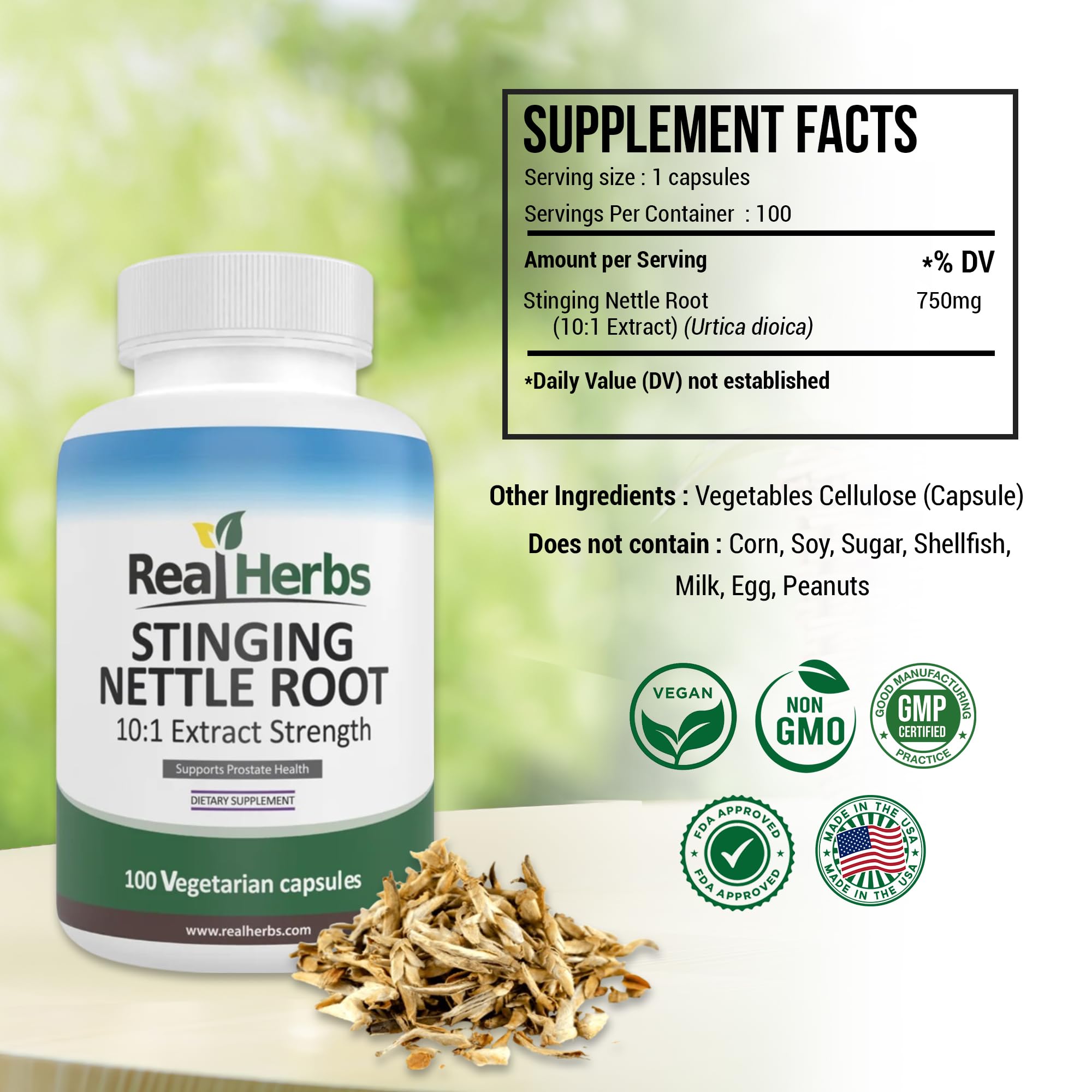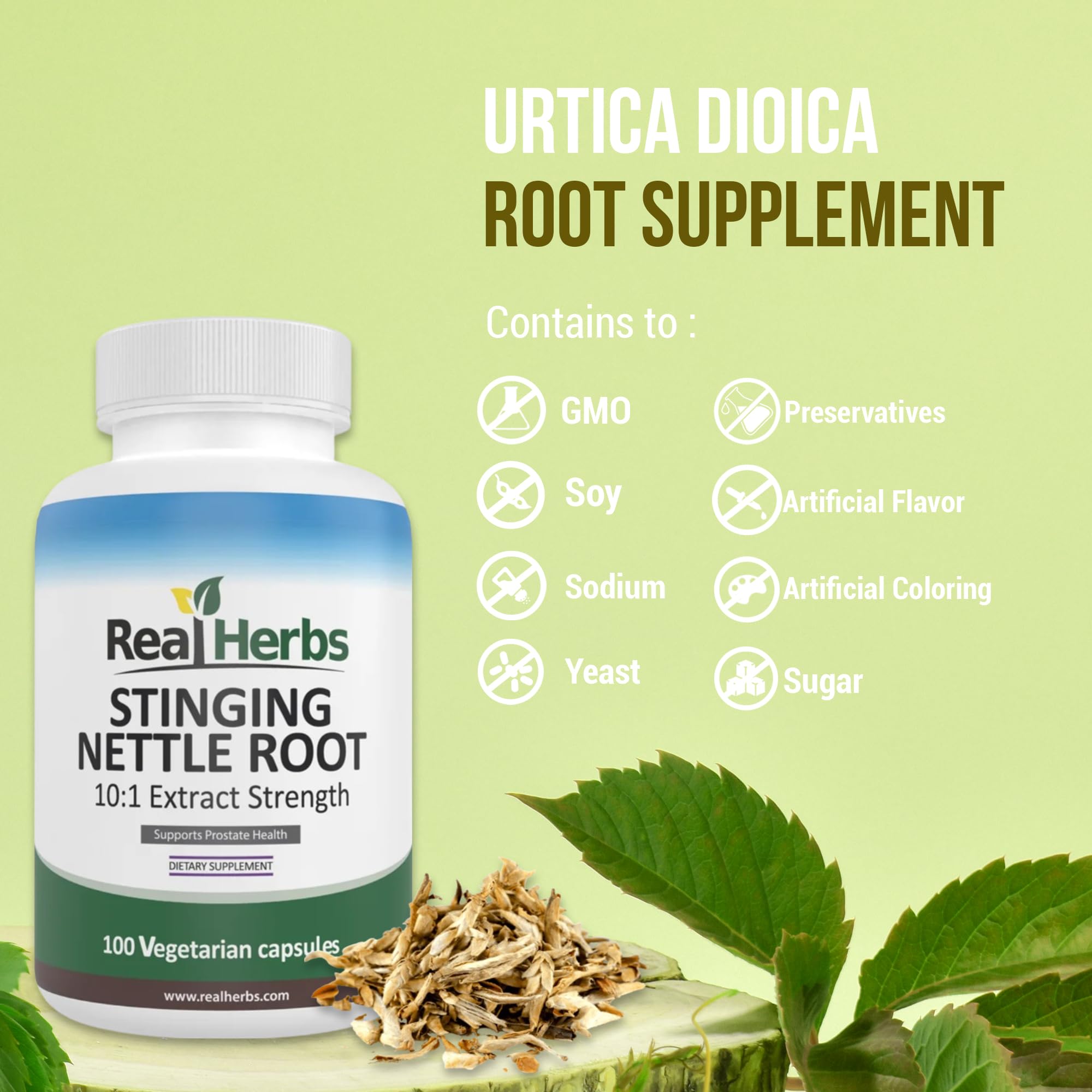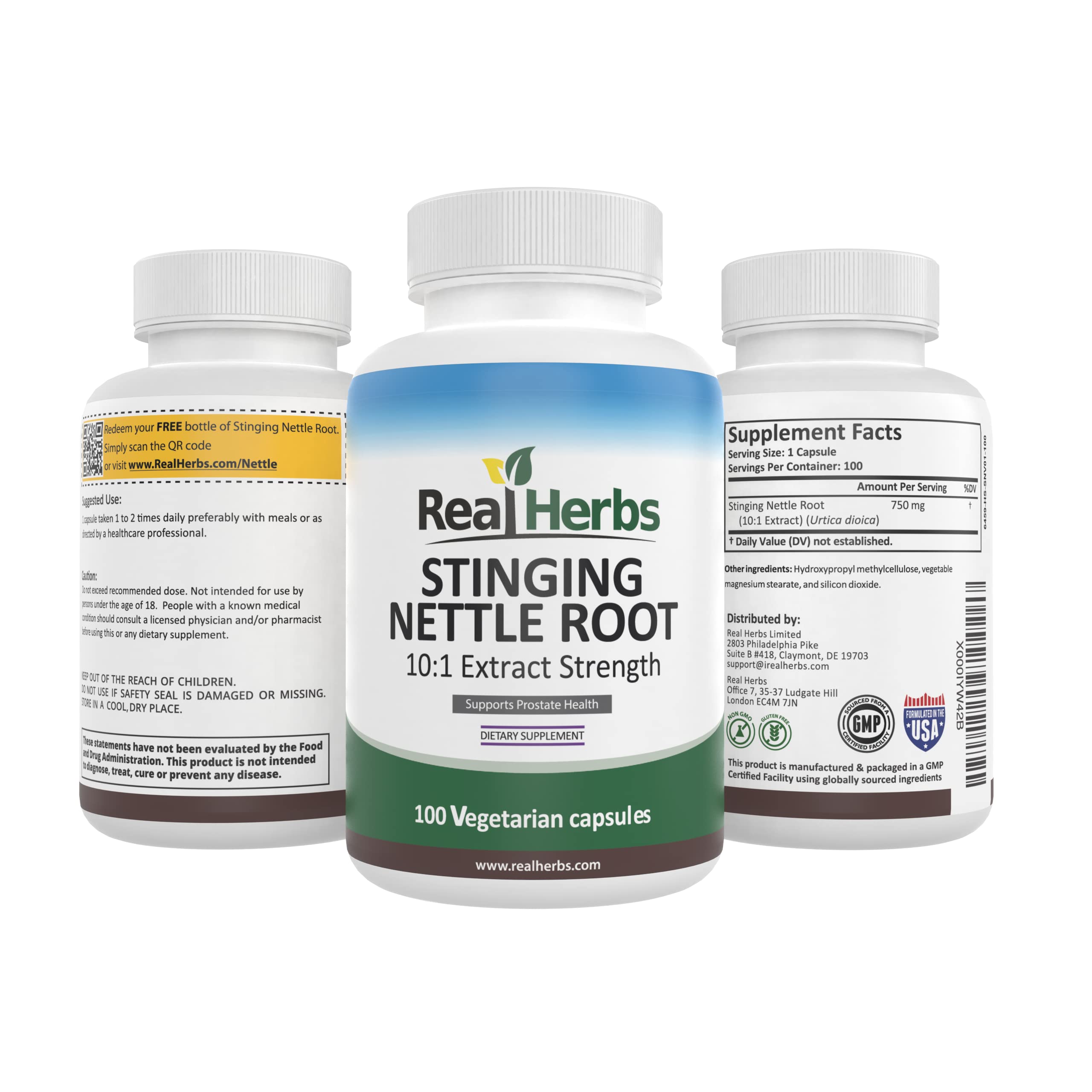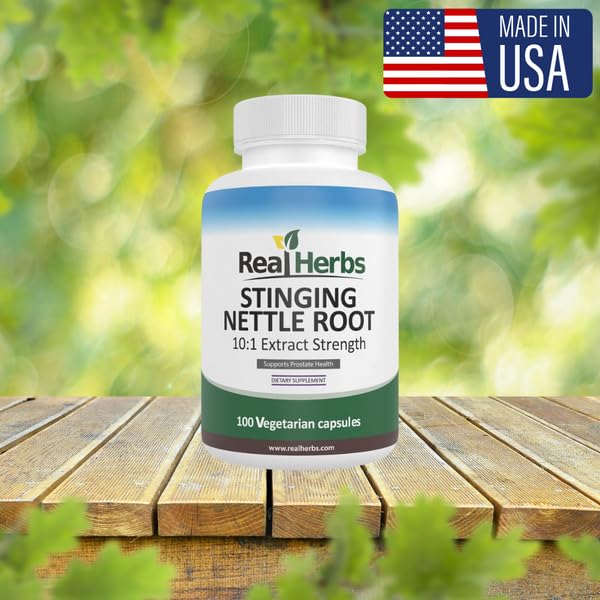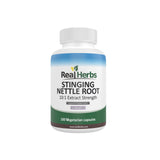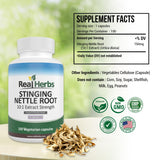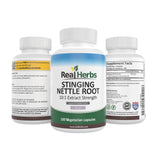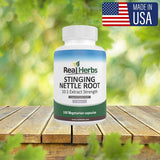Can Rabbits Eat Stinging Nettles Leaves?
Rabbits are adorable and beloved pets, known for their gentle nature and expressive personalities. As responsible rabbit owners, it's crucial to provide them with a balanced and safe diet. One question that often arises in the realm of rabbit nutrition is whether these fluffy companions can feast on stinging nettles leaves. In this comprehensive guide, we will explore the suitability of stinging nettles as part of a rabbit's diet and provide essential tips for safe consumption.
Background Information
What Are Stinging Nettles? Stinging nettles are green, leafy plants found in various parts of the world. They are known for their heart-shaped, toothed leaves and, more infamously, for the fine, hair-like structures on their leaves and stems that can deliver a painful sting when touched.
Nutritional Value of Stinging Nettles Stinging nettles are a nutritional powerhouse for humans and some animals. They are rich in vitamins (including A and C), minerals (such as calcium and iron), and antioxidants. Some people even consume stinging nettles as a part of their diets due to their potential health benefits.
Rabbit Diet Basics
Before we dive into whether rabbits can eat stinging nettles leaves, let's briefly review the essential components of a rabbit's diet:
- Hay: The primary staple of a rabbit's diet, providing fiber and dental health benefits.
- Fresh Vegetables: A variety of leafy greens and vegetables provide vitamins and nutrients.
- Pellets: High-quality rabbit pellets can supplement their diet.
- Water: Access to fresh water is vital for rabbits.
Can Rabbits Eat Stinging Nettles Leaves?
The answer is yes, but with some precautions.
Benefits of Stinging Nettles for Rabbits: Stinging nettles offer several potential health benefits for rabbits. They are a good source of fiber, vitamins, and minerals. However, it's essential to prepare them correctly.
Potential Concerns:
- Stinging Hairs: The stinging hairs on nettles can harm your rabbit. Therefore, it's crucial to thoroughly wash and blanch the leaves to remove these hairs before serving.
- Moderation: As with any new food, introduce stinging nettles leaves gradually to your rabbit's diet to monitor their response and prevent digestive issues.
- Allergies: Some rabbits may have sensitivities or allergies to stinging nettles. Observe your pet closely after introducing them to this new food.
Preparing Stinging Nettles for Rabbits
Here's how to prepare stinging nettles leaves for your rabbit:
-
Harvest: Choose fresh, young nettles from a clean and safe source. Ensure they haven't been exposed to pesticides or chemicals.
-
Wash: Rinse the nettles thoroughly under running water to remove any dirt, insects, or stinging hairs.
-
Blanch: Boil the nettles for a few minutes to neutralize the stinging hairs. Then, cool them quickly in cold water.
-
Serve: Chop the nettles into small, manageable pieces and serve them as part of your rabbit's vegetable mix.
Moderation and Risks
Remember, moderation is key. While stinging nettles can be a healthy addition to your rabbit's diet, they should not replace their primary diet of hay. Overfeeding any new food can lead to digestive upset.
Keep an eye on your rabbit for any signs of allergies or adverse reactions when introducing stinging nettles into their diet. If you notice any issues, discontinue feeding them immediately.
Alternatives to Stinging Nettles
If you're unsure about introducing stinging nettles to your rabbit's diet, there are plenty of other safe leafy greens and vegetables you can offer, such as romaine lettuce, kale, and spinach.
Conclusion
In conclusion, rabbits can indeed eat stinging nettles leaves, provided you take the necessary precautions. These nutrient-rich leaves can be a valuable addition to your rabbit's diet when prepared correctly and offered in moderation. Always prioritize your rabbit's well-being and consult with a veterinarian for specific dietary recommendations based on your pet's individual needs.

